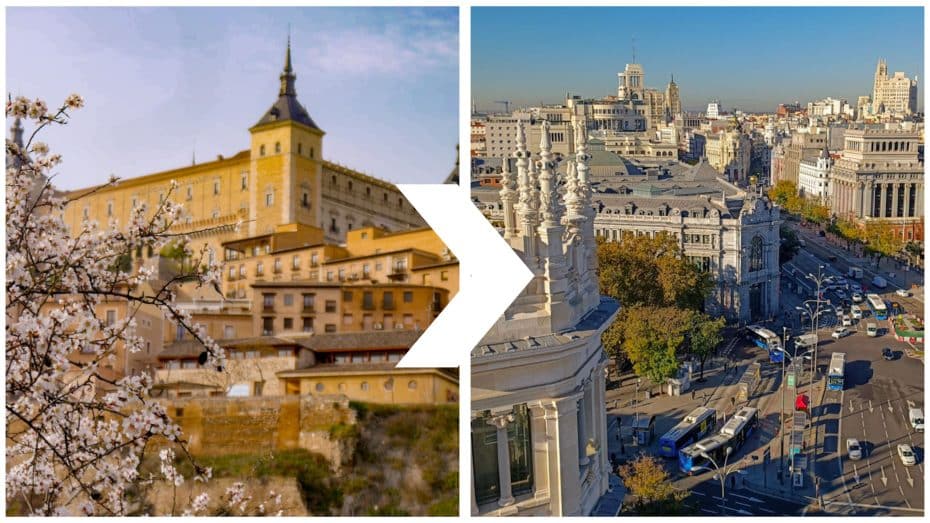
The decision to relocate Spain’s capital from Toledo to Madrid was not just a simple administrative change but a strategic maneuver with far-reaching implications. Rooted in political, economic, and geographic considerations, this shift marked a pivotal moment in Spanish history. While Toledo had long enjoyed prominence as Spain’s capital, Madrid offered new opportunities for stronger governance and more centralized development. In this article, we will delve into the historical background of this strategic shift, examine the reasons behind it, and explore its significant impacts on both cities and the country.
Moving Capitals: A Common Affair Through History
The move from Toledo to Madrid is hardly an exception. Throughout the centuries, moving capitals to more convenient locations has been a common practice. This occurred as a result of various factors such as terrain convenience, natural disasters, centrality, or even to decentralize a country.
Remarkable examples include the relocation of the capital in Turkïye from Constantinople (present-day Istanbul) to Ankara in 1923. Similarly, Brazil shifted its capital from Rio de Janeiro to Brasília in 1960. Australia established Canberra as its capital in 1913, following debates between Sydney and Melbourne. Lastly, Canada founded Ottawa as its capital in 1857 to avoid the age-old Toronto-Montreal rivalry. More recently, Egypt is planning a new administrative capital east of Cairo, whereas Malaysia shifted its administrative center from Kuala Lumpur to Putrajaya in 1999.
Fun fact: Portugal remains to this day the only European country to have its capital outside of the continent. While Lisbon is firmly on the edge of the Iberian Peninsula, which is part of Europe, when France invaded Portugal in 1807 during the Napoleonic Wars, the Portuguese royal family fled to Rio de Janeiro in Brazil. From 1808 to 1821, Rio de Janeiro served as the seat of the Portuguese Empire, making it the only instance where a European country was governed remotely from one of its colonial territories.
A Brief History of Spanish Capitals Through the Centuries
The concept of a “capital” within the territories now known as Spain has evolved over the centuries, influenced by various cultural, political, and military shifts. Until the unification of the Spanish kingdoms under the Catholic Monarchs, the definition of “Spain” was quite loose and often fragmented among several regional powers.
In ancient times, before the Roman conquest, various Iberian groups inhabited the peninsula without any centralized political structure. The Romans established cities as administrative centers. During Roman control, Hispania was divided into provinces with capitals like Corduba (Córdoba), Tarraco (Tarragona), and Emerita Augusta (Mérida), serving as major hubs.
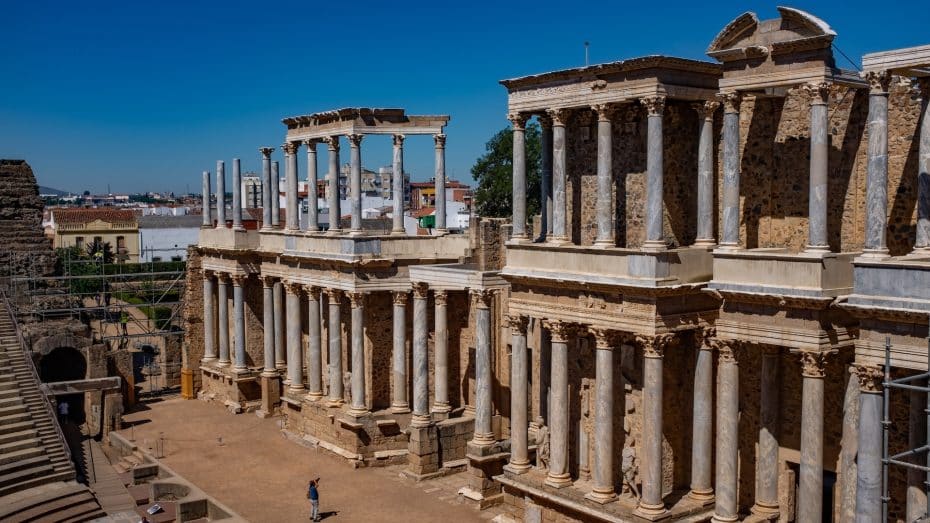
With the fall of the Western Roman Empire in the fifth century, the Visigoths established their rule over much of Hispania. They initially set up their capital at Toulouse but relocated it to Toledo in 554 AD. Toledo remained a vital political and cultural center throughout Visigothic rule due to its strategic central location and proximity to important trade routes.
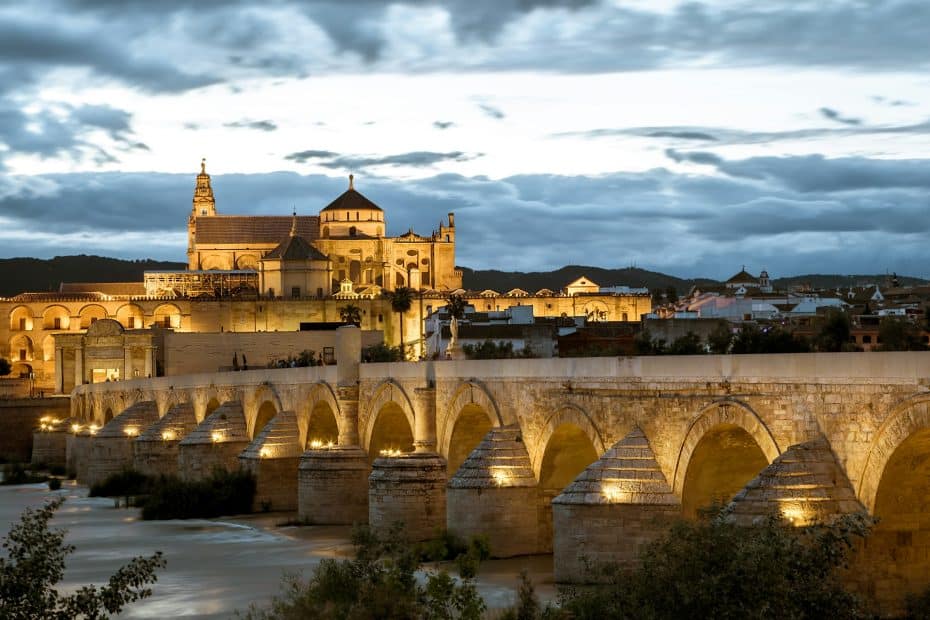
The Muslim invasion in 711 AD changed the political landscape dramatically. During this period, Córdoba emerged as the capital of Al-Andalus, achieving significant importance under Umayyad rule. It became one of Europe’s leading cultural and scholarly centers, hosting luminaries until internal strife led to its decline in the early 11th century.
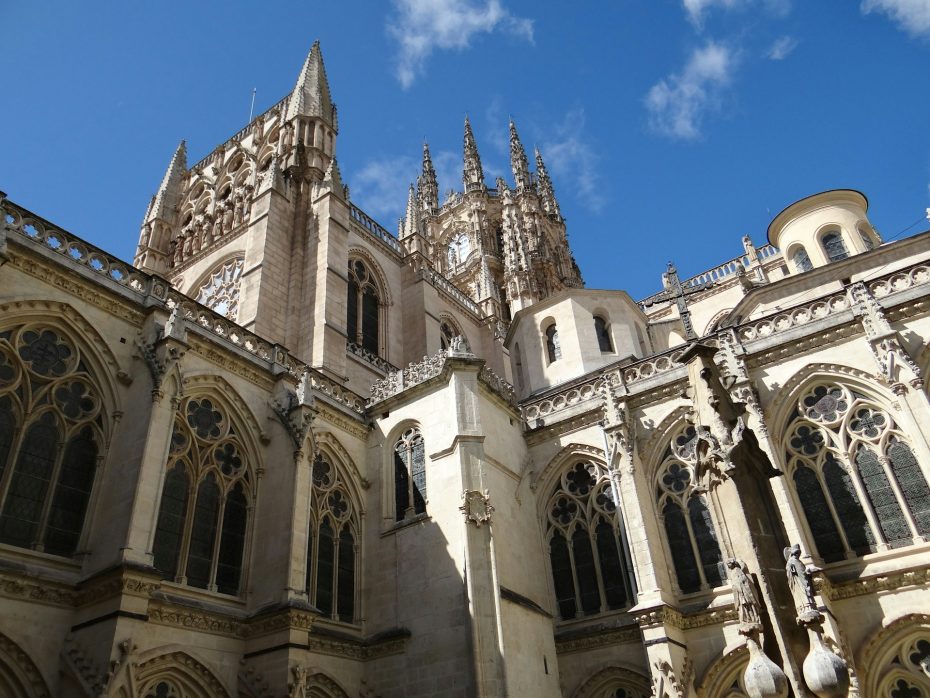
During the Reconquista, Christian kingdoms progressively reclaimed territory from Muslim control. Different kingdoms had different capitals based on their needs and circumstances. León served as an early capital for the Kingdom of León; Santiago de Compostela gained prominence due to its religious significance, while the Castilian expansion made Burgos an essential administrative center in northern Spain.
However, a more unified notion of Spain emerged when Isabella I of Castile and Ferdinand II of Aragon united their realms through marriage in 1469. This union did not immediately establish a single capital city but meant that Spain as we know it was properly born.
Toledo as the One True Imperial Capital
The Visigoths first chose Toledo as a capital in the 6th century, demonstrating its early importance within the Iberian Peninsula. When King Leovigild made Toledo his capital in 576 AD, the city became a political and ecclesiastical hub of great significance. Establishing councils, such as the renowned Councils of Toledo, further solidified its status.
During Islamic rule, Toledo was an important urban center until it was recaptured by Alfonso VI of Castile in 1085. Under Christian rule, Toledo’s political and cultural prominence continued to grow. It became an intellectual epicenter where Christian, Jewish, and Muslim scholars collaborated at institutions like the School of Translators.
The reign of Charles I (Charles V as Holy Roman Emperor) in the early 16th century marked another peak for Toledo. Charles I favored the city as an imperial residence due to its strategic location and significance. Toledo’s Alcázar became a magnificent fortress-palace.
However, with Philip II’s ascension to the throne in 1556, Madrid began to overshadow Toledo when he permanently moved the royal court there in 1561.
Despite this shift, Toledo remained politically and religiously influential; it was home to Spain’s primate cathedral—an architectural marvel reflecting Gothic splendor—and continued as a primary site for legal and theological scholarship.
The Unlikely Ascend of Madrid
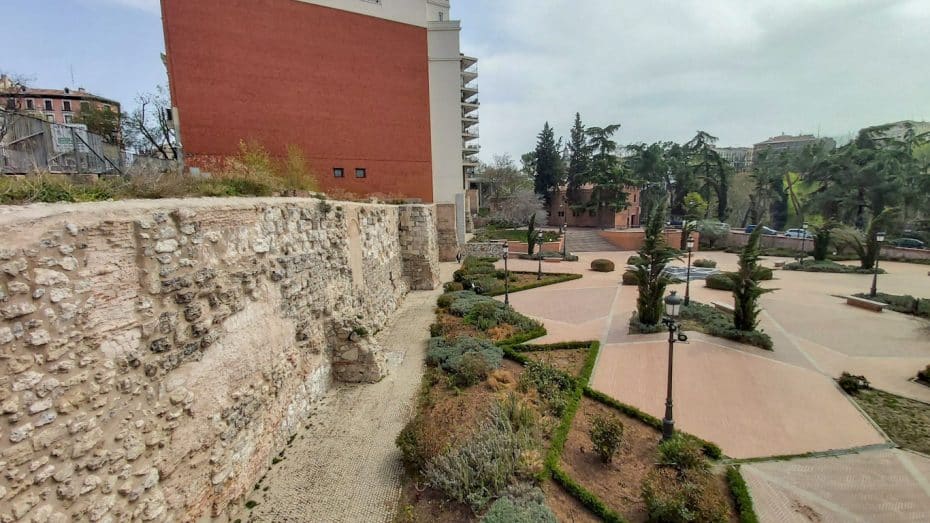
Before achieving the status of “Villa y Corte,” Madrid was Magerit during the Muslim occupation in the 9th century. It was initially founded by Emir Muhammad I of Córdoba as a fortress at the River Manzanares, primarily for military purposes. The strategic location was a minor defensive stronghold against Christian incursions from the north.
In contrast to other Spanish cities with Roman legacies, such as Toledo or Sevilla, Madrid did not possess significant historical or cultural heritage from antiquity. It remained relatively unimportant during Visigothic and early Muslim times. The town’s primary role was military, and its economy relied on modest agricultural activities and trade stemming from its position along defensive routes.
When Alfonso VI captured Madrid in 1083 during the Christian Reconquest, it began a slow transformation but still lagged behind larger, more influential cities like Toledo. Historical records indicate that despite being granted a charter by King Alfonso VIII in 1202, Madrid continued to grow modestly without much prominence in regional affairs. By the late Middle Ages, it featured narrow, winding streets typical of many Islamic towns turned Christian.
Madrid: “Villa y Corte”
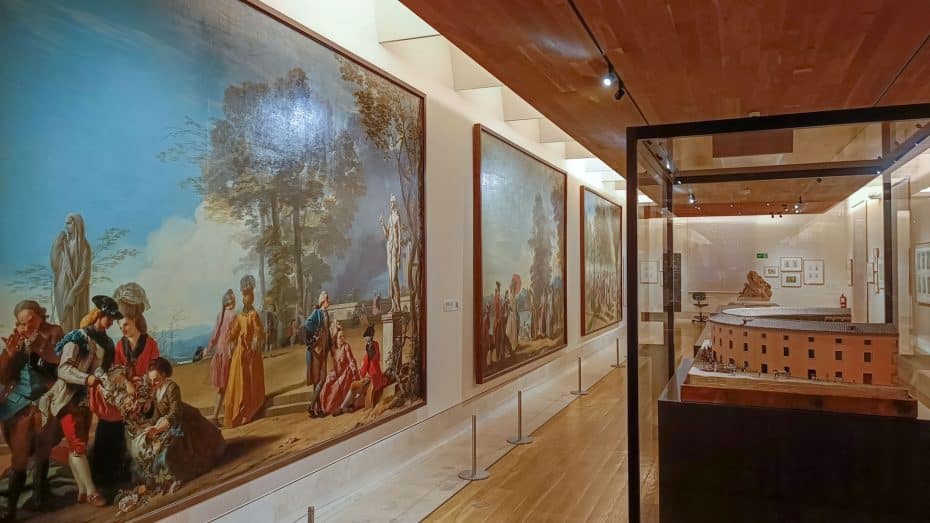
A significant transformation began when King Philip II decided to move his court to Madrid in 1561. Philip II chose Madrid to seek a centralized spot within his kingdom that would ease governance difficulties due to its geographical location at the peninsula’s center. Madrid’s acquisition as “Villa y Corte” marked its escalation from an obscure fortress town to Spain’s indefinite capital city, setting it on the path towards becoming one of Europe’s major cities.
Madrid’s geographic position, 75 km (47 mi) north of Toledo, roughly in the center of Spain, provided strategic advantages for governance, facilitating easier control over the sprawling empire.
Another contributing factor was political neutrality. Unlike other prominent cities such as Barcelona or Valencia, which had deep regional power struggles, Madrid offered a relatively neutral ground. This neutrality helped avoid regional rivalries that might have hampered centralized control.
The Habsburgs
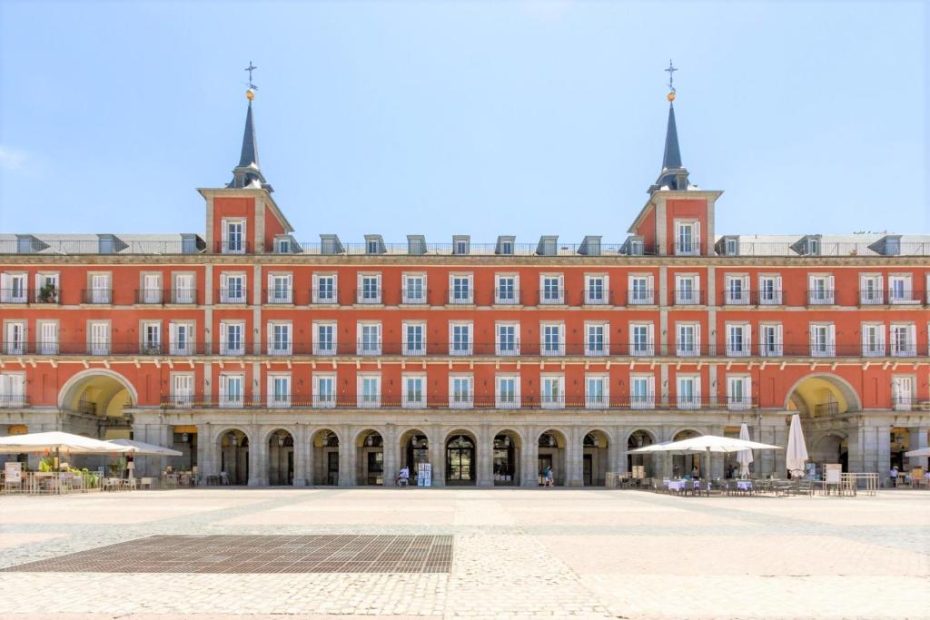
Extensive urban development and architectural advancements mark Madrid’s transformation during the Habsburg period. The Plaza Mayor, constructed in 1617 under Philip III by architect Juan Gómez de Mora, became a central hub for market activities, public events, and social gatherings. The city saw the development of many churches and convents, such as the Convent of Las Descalzas Reales, reflecting religious influence and growing population density.
The 17th century solidified Madrid’s status as a focal point of political power and cultural life. The Royal Alcázar was expanded, showcasing Renaissance and Baroque styles with contributions by architects like Juan Bautista de Toledo and Juan de Herrera. Street planning also evolved by constructing broader avenues to facilitate transport and trade. These changes laid the groundwork for Madrid’s identity as a true metropolis.
The Bourbons
The 18th century saw expansions under Bourbon rule, especially during King Charles III’s reign. His urban projects modernized Madrid and enhanced its reputation as the heart of Spain. Notable developments included the construction of significant buildings such as the Palacio del Buen Retiro (today home to El Prado Museum) and substantial improvements in city planning.
By this period, despite initial hesitations, Madrid had fully embraced its role not only as an administrative center but also as a cultural and intellectual hub attracting scholars, artists, and statesmen.
Madrid continued to develop through subsequent centuries, with significant periods of architectural evolution seen during Charles III’s rule in the late 18th century. Often referred to as “the best mayor of Madrid,” Charles III implemented sweeping changes that enhanced public health infrastructure, facilitated cleaner streets, and introduced neoclassical architectural elements which are still visible today.
The 19th and 20th centuries saw further evolution, with industrialization bringing about modernization at an unprecedented scale. The city’s expansion included extensive public works projects such as new streets (such as la Gran Vía), parks (e.g., Retiro Park), transport systems (the first Metro line opened in 1919), and educational institutions (founding of Complutense University).
What Happened to Toledo After Losing the Capital Status?
Once the bustling epicenter of the most powerful empire of its time, Toledo underwent through many changes after losing its capital status to Madrid in 1561. The relocation of the royal court meant Toledo’s political and economic influence diminished considerably. The city transitioned from being the center of power to a provincial role.
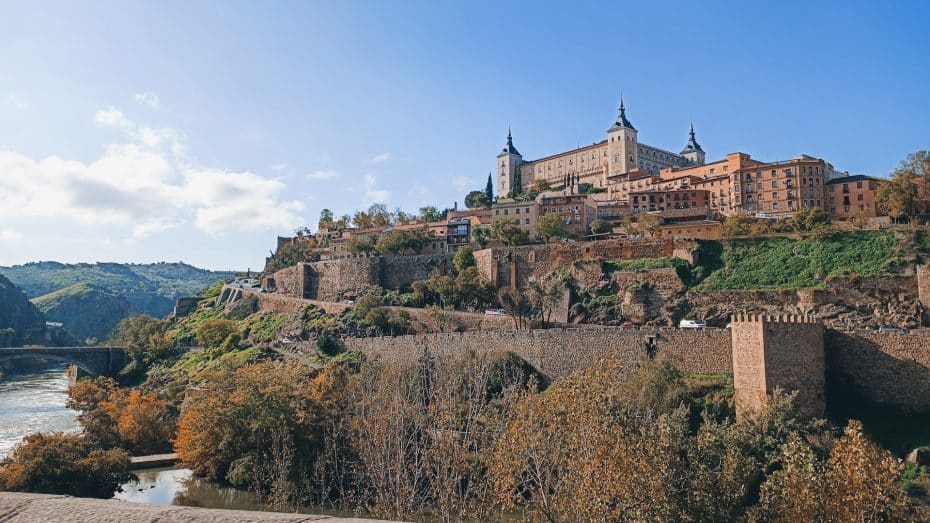
Despite this shift, Toledo continued to play a part in Spain’s history and culture. It remained an important religious hub due to the Archbishop of Toledo, who held considerable sway within the Catholic Church. Toledo also retained some administrative functions and continued to be known for producing high-quality swords and steelwork—a tradition dating back to Roman times.
The decline in political importance led to changes in city infrastructure and demographics. While some noble families left for Madrid, others remained loyal to Toledo, preserving their grand homes and contributing to the city’s heritage. In subsequent centuries, Toledo evolved as a center for arts and education, hosting key institutions like the University of Toledo.
The transition also had economic implications. Local businesses faced challenges without the regular influx of courtiers and officials, leading to a gradual shift in Toledo’s economic base from political administration to commerce and agriculture. The city’s famed crafts became a cornerstone of its economy.
Toledo’s rich blend of Christian, Muslim, and Jewish traditions continued to shape its identity long after it ceased being the capital. Architecturally notable buildings such as the Alcázar of Toledo and El Greco’s masterpieces have made it a focal point for historical study. Toledo remains to this day one of the top tourist attractions in Castilla-La Mancha and Spain.
That Brief Period When Valladolid Was the Capital of Spain (1601-1606)
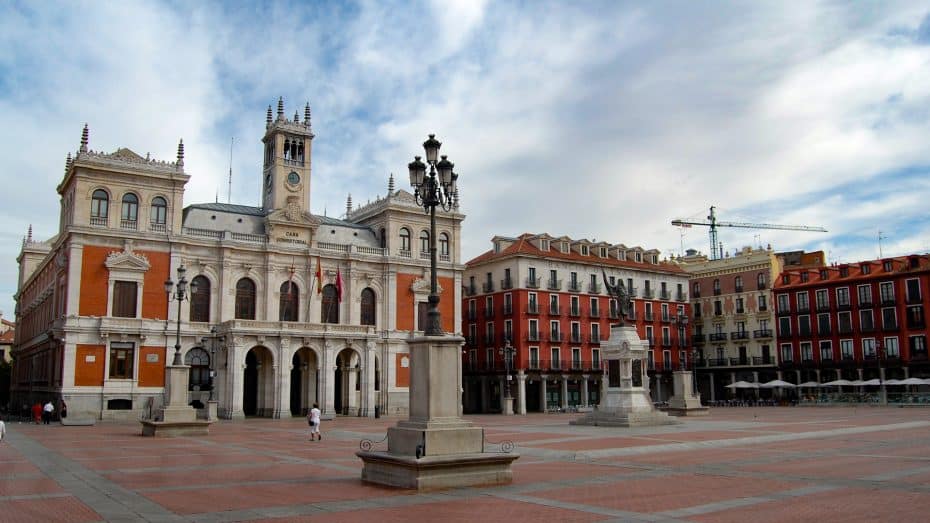
For a brief period in the early part of the 17th century, the Spanish capital was transferred from Madrid to Valladolid. This relocation occurred from 1601 to 1606 under the reign of King Philip III. The decision was influenced by the Duke of Lerma, Francisco Gómez de Sandoval y Rojas, who was the king’s favorite and principal advisor. The move was motivated by political and personal reasons.
During this period, Valladolid underwent numerous changes to accommodate its new status as the capital. While it had been an important city historically, it lacked many of the administrative and infrastructural features necessary for a capital city. Consequently, there were many construction projects, including new governmental buildings and renovations to existing structures.
The reasons for this move have been subjected to historical scrutiny, but a predominant theory revolves around Lerma’s personal and financial maneuvering. It is noted that Lerma acquired properties in Valladolid at relatively low costs before influencing the king to relocate the court there. Once Valladolid was declared the capital, he sold these properties at substantially higher prices.
However, Valladolid’s time as capital was short. In 1606, after only five years, King Philip III decided to move the capital back to Madrid. Several factors contributed to this decision. Firstly, Madrid’s geographic location at the center of Spain made it more accessible and strategically advantageous. Additionally, rumors suggested that economic difficulties and administrative inefficiencies in Valladolid accelerated the return to Madrid.
This brief interlude where Valladolid replaced Madrid as the capital remains a curious footnote in Spanish history.
Spain’s Other Capitals in Recent Times
Throughout modern history, Spain has had various cities serve as its capital for different reasons. While Madrid has been the predominant capital since 1606, notable exceptions exist. During the Napoleonic Wars, Joseph Bonaparte declared Madrid’s royal palace his official residence. However, due to the ongoing war, he had to intermittently relocate between cities such as Valladolid and Zaragoza.
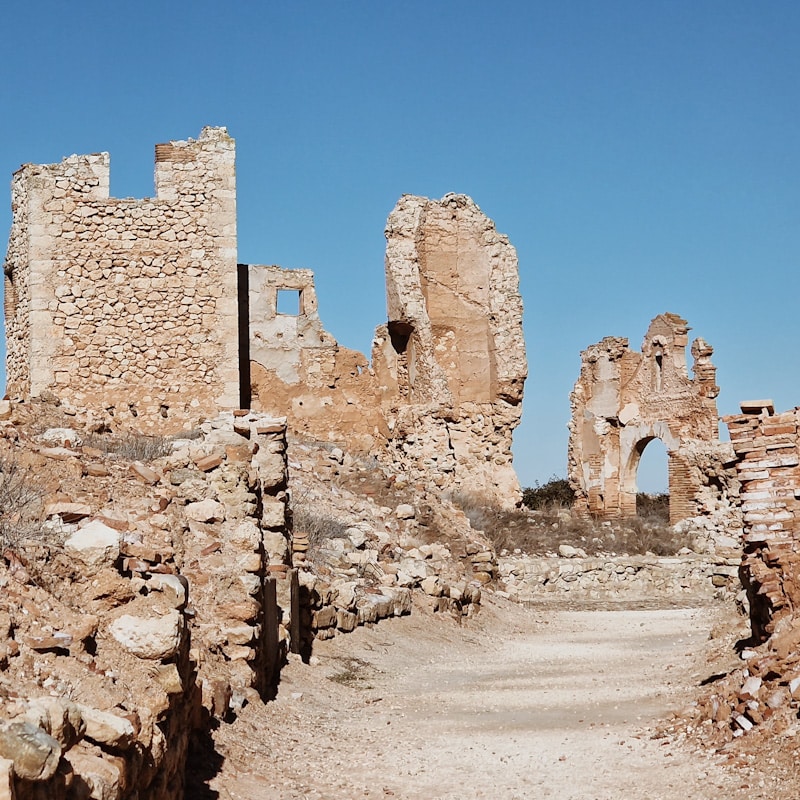
During the Spanish Civil War (1936-1939), the shifting war fronts required frequent changes in the Republican capital. Initially headquartered in Madrid, the Republican government relocated to Valencia in November 1936 as Nationalist forces besieged Madrid. As Nationalists continued their advances, the capital moved again in October 1937 to Barcelona. Finally, as Barcelona fell in early 1939, the government made its last stand in Alicante before eventual defeat.


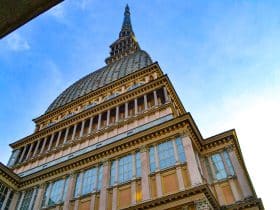
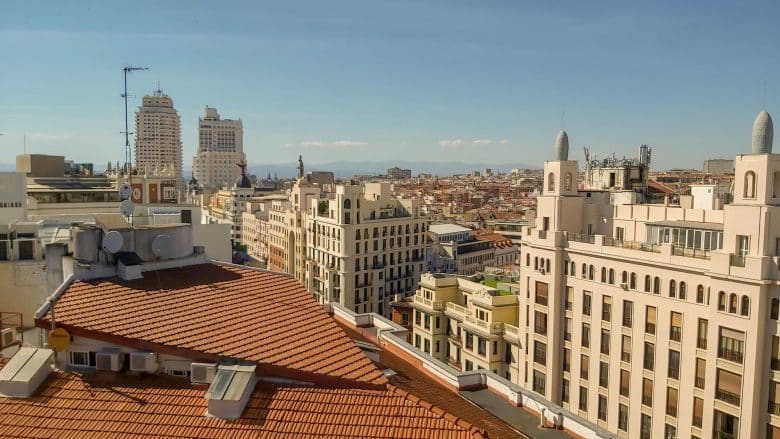
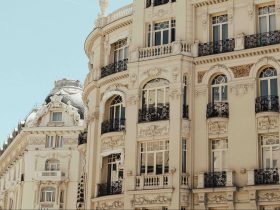
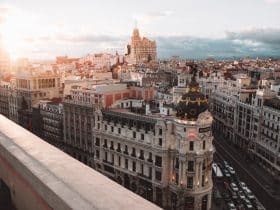
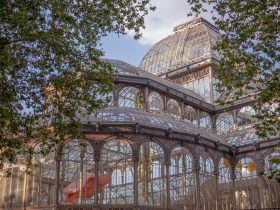

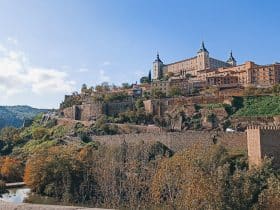
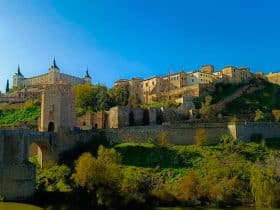
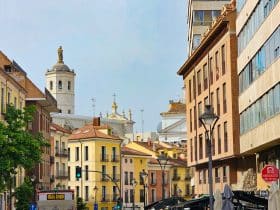
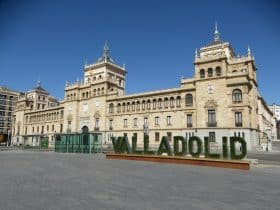
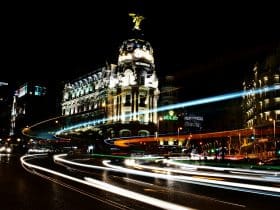
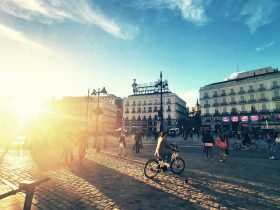

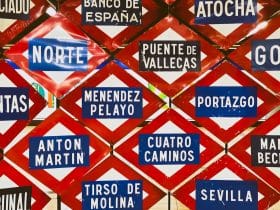
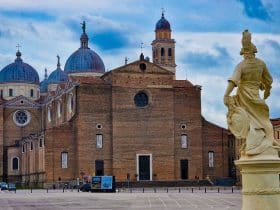

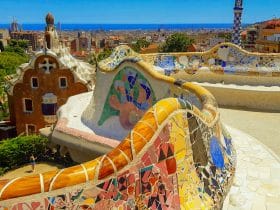









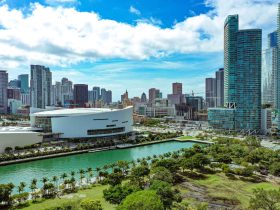

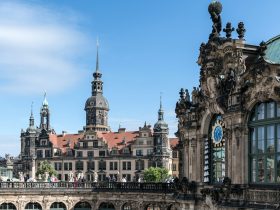
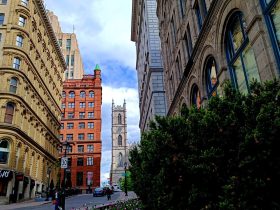
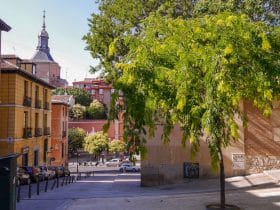

Leave a Reply
View Comments